Towards net zero: City of Melbourne partners with CSIRO and VBIS to identify greater efficiencies in heating and cooling energy consumption
The City of Melbourne recently took part in an innovative project in partnership with Commonwealth Scientific and Industrial Research Organisation (CSIRO: Australia's national science agency) and Virtual Buildings Information System (VBIS). The smart building enablement project trialled a platform that demonstrated the effective use of retrofitted digital technology on existing buildings’ heating and cooling systems (HVAC) to gain fast and accurate insights which can be used to improve energy efficiency.
The trial was conducted across five different City of Melbourne-owned properties – Boyd School Community Hub; Lady Huntingfield Children’s Centre; Fitzroy Gardens Visitor Centre; East Melbourne Library; and Library at the Dock. These sites were chosen due to their different scale, age and digital building management systems (BMS).





Trialling technology to deliver on climate commitments
Aligned with Council’s Retrofit Melbourne priority initiative – a framework to enable mid-tier commercial buildings to transition to be zero carbon ready – and the City of Melbourne Emissions Reduction Plan, the project was implemented over a three-month period earlier this year, providing immediate access to key data about equipment operation.
With the city’s commercial buildings accounting for almost 60% of its carbon emissions, Council is taking a lead role in investigating the use of technology – in particular digital monitoring and data modelling– as a cost-efficient way to help businesses make informed decisions about their energy usage and carbon emissions by doing more with existing systems.
Data Clearing House is a cloud-based digital platform developed by CSIRO for housing, managing and extracting valuable insights from smart building data. It seamlessly connects with individual systems and data sources, such as that from the BMS, simplifying how data is accessed through standardised building models that was further enhanced by VBIS. This allows for technology solutions to become scalable and lower cost through reuse of engineered solutions.
The VBIS solution allows building owners to identify and track all equipment types within a facility using the VBIS Standard tagging protocol and delivers high-level analytics for building management, maintenance and lifecycle forecasting.
Greater visibility over your assets without capital outlay
With little intervention required by Council staff, the CSIRO/VBIS solution was able to easily and accurately identify if HVAC equipment wasn’t running efficiently, if it was reducing/jeopardising the asset’s lifespan or if it was operating outside of occupancy hours. It also highlighted sensor calibration errors and failures as well as equipment operating in incorrect seasonal modes.
Using the DCH platform, VBIS successfully deployed analytics solutions that uncovered these issues in 80% less time than it would take analytics to be traditionally deployed.
Council’s Facilities team could access the platform at any time and received detailed reports of items needing investigation from a mechanical and controls perspective.
Ultimately the findings of the project across the five sites indicated a potential reduction in energy usage and its related carbon emissions and spending outlay of between 5% and 15%.
Leading by example on the journey towards net zero
This project stands as a model for what small-to-medium commercial buildings in the City of Melbourne could achieve by retrofitting diagnostic digital technology to their existing systems.
By helping owners better understand how their building is functioning and what issues should be addressed while utilising existing infrastructure, changes can be implemented to decrease energy consumption, extend asset lifecycles and reduce emissions to meet net zero emissions targets.
Learn more at vbis.com.au and research.csiro.au/dch
